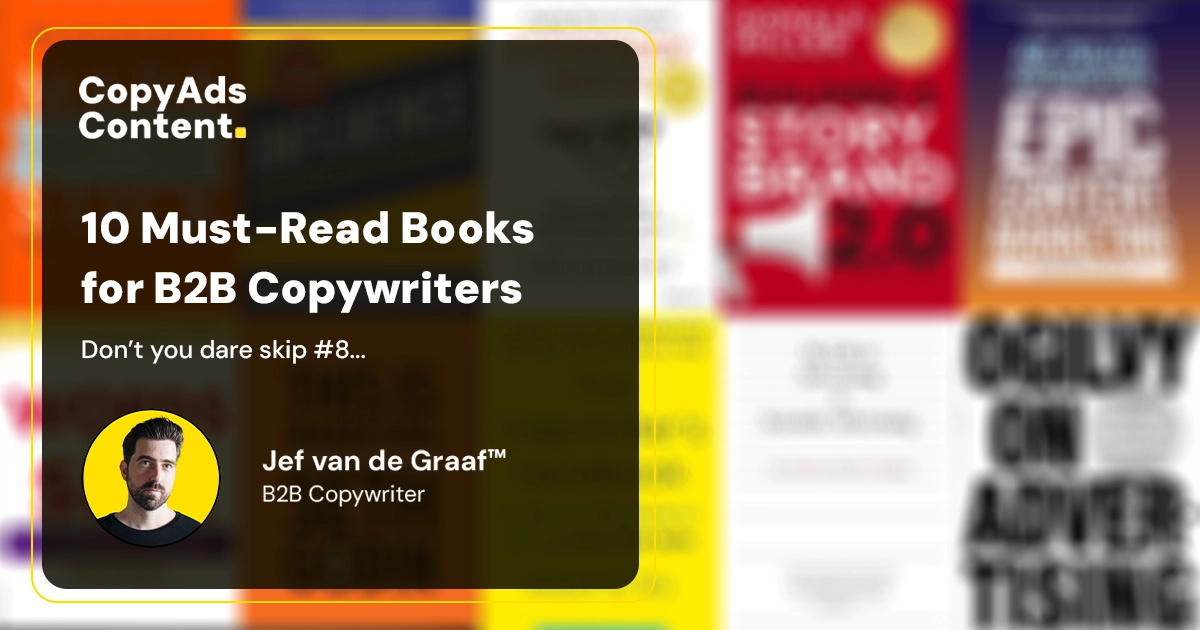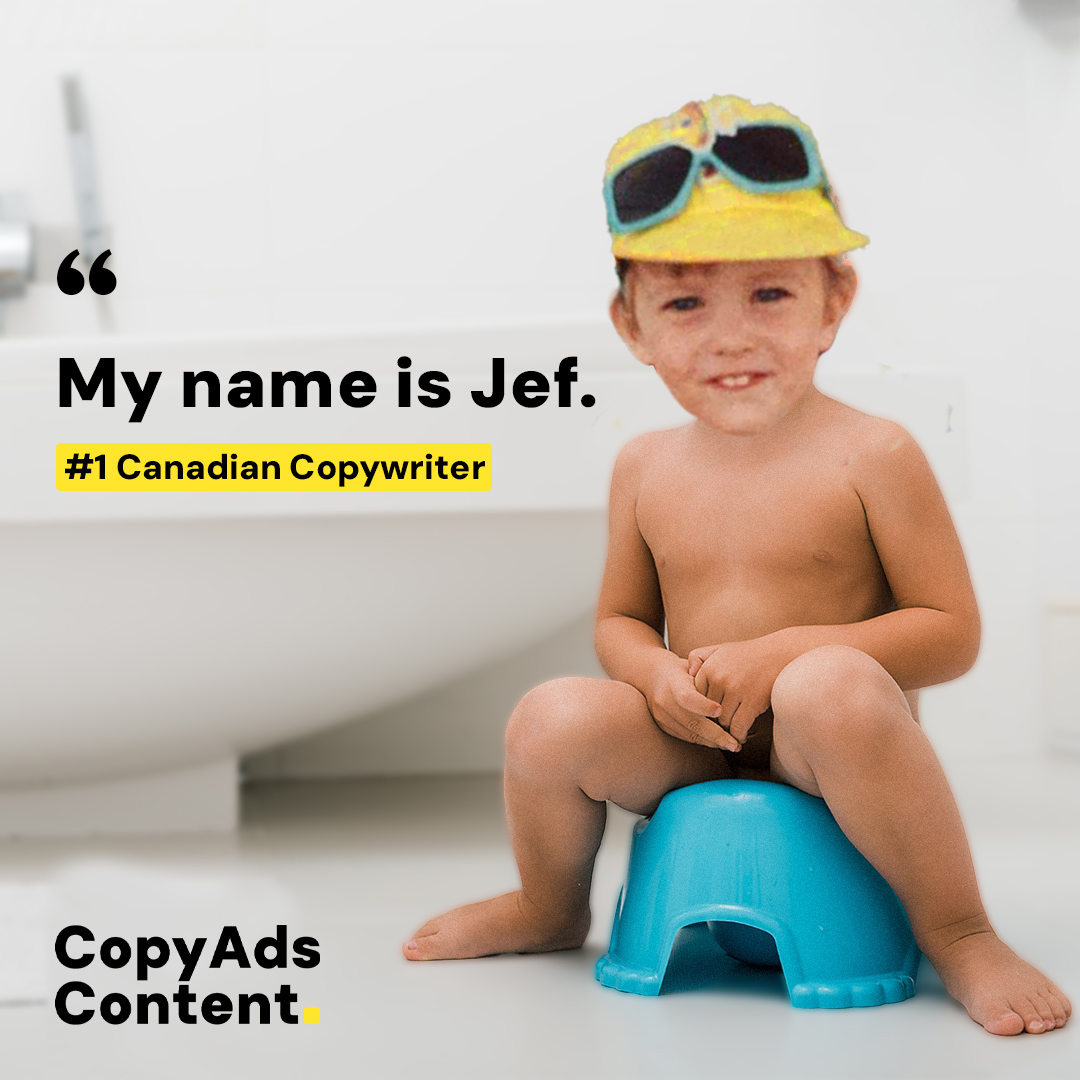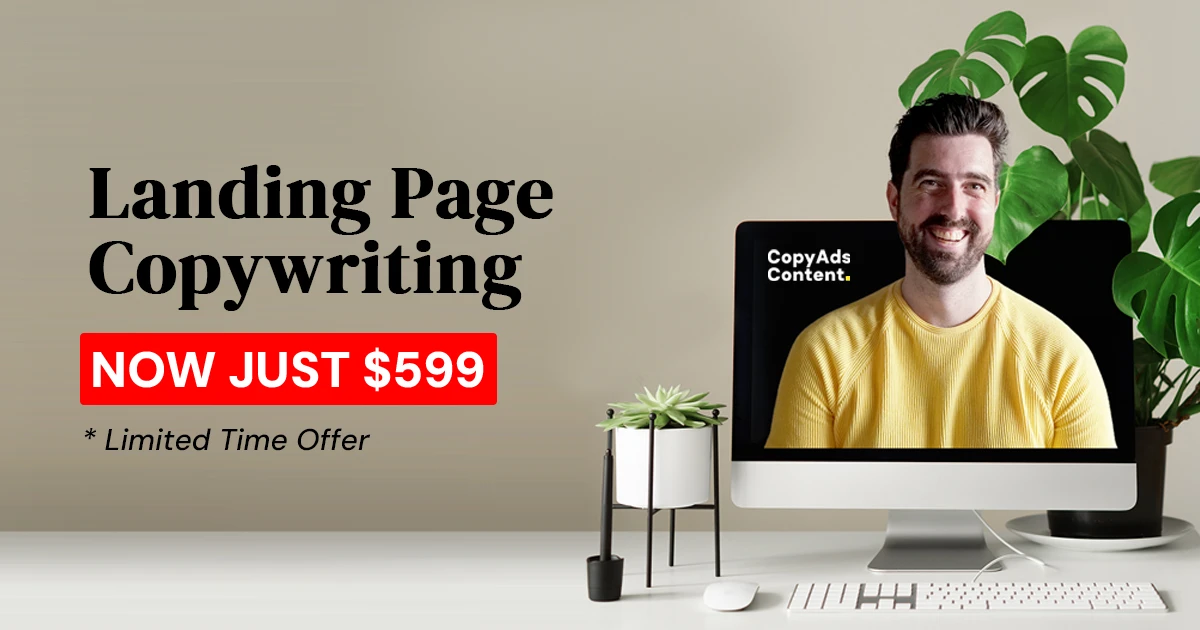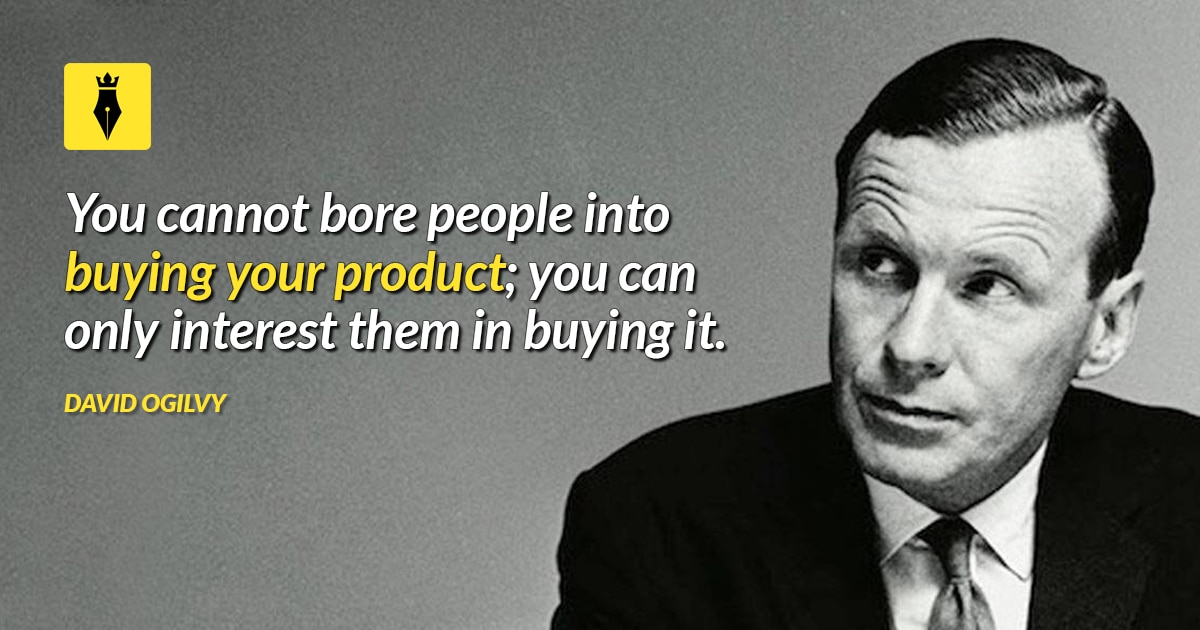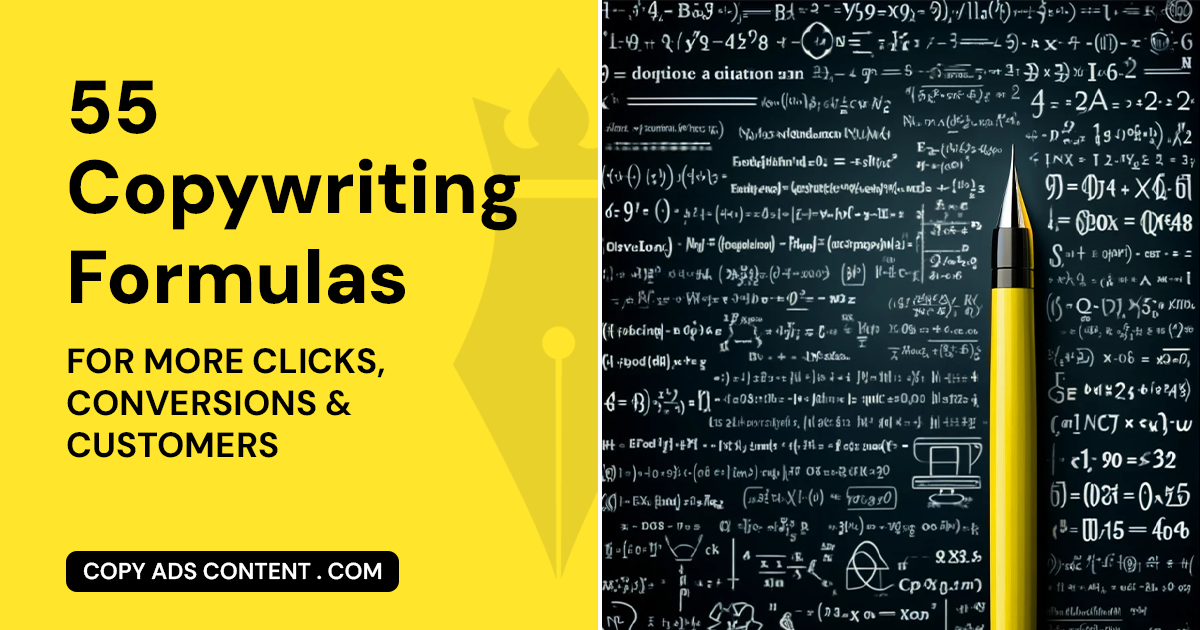Every successful B2B copywriter has a toolbox of skills they rely on to create persuasive, effective messaging.
But great tools come from learning, and in this field, some of the best lessons are waiting in the pages of a good book.
If you’re like me when I started copywriting, you’ve probably wondered, “What’s the fastest way to improve?”
The answer isn’t just practice—it’s learning from the best minds in the business. These are the best B2B copywriting books I’ve read, revisited, and applied to real-world projects, each one shaping the way I approach copywriting today.
TL;DR: The last three books on this list are the ones that completely changed my copywriting career for the better. One of them, in particular, taught me the foundations of everything I do now. So if you’re serious about building your skills, make sure you don’t miss #8.
Affiliate Disclaimer: Heads up, some of the links in this post are affiliate links. If you click on one and buy a book, I might earn a few pennies from Amazon. That said, you can totally just look up the book yourself or, better yet, visit your local bookstore to grab a copy. Personally, I think reading physical books is way more satisfying anyway—and let’s be honest, there’s nothing better than the smell of old books in a cozy used bookstore. Happy reading!

10 BEST B2B COPYWRITING BOOKS
1. Made to Stick by Chip Heath and Dan Heath

One of the biggest challenges in B2B is making sure your message doesn’t get lost. This book breaks down why some ideas resonate while others are forgotten.
The Heath brothers present a practical framework for creating content that stays with your audience long after they’ve read it.
Meet the SUCCES framework (Simple, Unexpected, Concrete, Credible, Emotional, Stories). This framework is perfect for turning complex ideas into something relatable and memorable.
Here’s what each element of the framework covers:
- Simple: Strip your message down to its core. Avoid overwhelming your audience with too much information and focus on the single, most important idea you want them to take away. Simplicity doesn’t mean dumbing things down—it means prioritizing clarity.
- Unexpected: Capture attention by breaking patterns or defying expectations. Surprises engage the audience and make your message stand out in a sea of sameness.
- Concrete: Use tangible examples, specific details, or sensory language to make abstract ideas easier to grasp. The more relatable and grounded your message is, the more likely it is to stick.
- Credible: Establish trust by backing your claims with evidence, data, or social proof. In B2B, credibility is often key to convincing a skeptical or analytical audience.
- Emotional: Appeal to your audience’s feelings to create a connection. Even in B2B, where decisions are logical and data-driven, emotions play a critical role in driving action.
- Stories: Frame your message within a narrative. Stories are inherently engaging and help people remember your message while making it more persuasive and actionable.
Whether you’re explaining a technical process or pitching a service, Made to Stick offers practical tools for making your message unforgettable.
2. Influence: The Psychology of Persuasion by Robert B. Cialdini

I’ll never forget how I first encountered Cialdini’s principles of persuasion. It wasn’t through a book or a marketing project—it was in a university psychology class.
I’ll never forget how I first encountered Cialdini’s principles of persuasion. It wasn’t through a book or a marketing project—it was in a university psychology class.
My professor introduced me to the six principles of persuasion: reciprocity, scarcity, authority, consistency, liking, and social proof.
Then, she gave the class a challenge: use Cialdini’s principles to collect as much money as possible within the next hour (my classes were 1.5 to 2 hours long, btw).
Armed with UNICEF donation boxes, my classmates and I went around campus to put these principles into practice.
I’ll admit, I was skeptical at first. But as I applied techniques like reciprocity (offering small tokens of appreciation–we gave away stickers) and social proof (mentioning how many others had donated–even if it was just $1), I saw how powerful these ideas were.
That experience stuck with me. And years later, when I read Influence for the first time, everything clicked.
Cialdini’s framework isn’t just theoretical—it’s practical, ethical, and incredibly effective for copywriting. If you’ve ever struggled to understand why certain messages work while others fall flat, this book will give you the answers.
3. Everybody Writes by Ann Handley

This copywriting book is a practical, no-nonsense guide to writing better content. Ann Handley offers advice that’s easy to apply, whether you’re writing blogs, landing pages, or email campaigns.
Ann’s focus on clarity and connection is especially important for B2B, where your audience is often busy and bombarded with information.
Handley’s conversational style makes this book an enjoyable read, and you’ll come away with actionable tips to elevate your writing.
4. Building a StoryBrand by Donald Miller

This book is, in my opinion, the trendiest concept on the market. I often talk with prospects, and they mention using Donald Miller’s StoryBrand framework to help them build a brand and guide their content strategy. And, for good reason.
The concept behind this book is simple but powerful: your audience is the hero of the story, and your product or service is the guide that helps them succeed.
This framework is a game-changer for anyone who struggles with messaging that feels self-focused.
Donald Miller’s storytelling approach works exceptionally well in B2B, where buyers are often looking for solutions that fit into their own bigger picture.
If you’ve ever felt like your copy wasn’t connecting, this book will show you how to fix that.
5. Epic Content Marketing by Joe Pulizzi

In B2B, content marketing is one of the most effective ways to build trust and establish authority. Joe Pulizzi’s book lays out a step-by-step approach to creating content that delivers results.
Pulizzi’s advice is practical and detailed, from planning your strategy to measuring success. If you’re working on long-form content like white papers or case studies, you’ll find plenty of valuable insights here.
6. Words That Sell by Richard Bayan
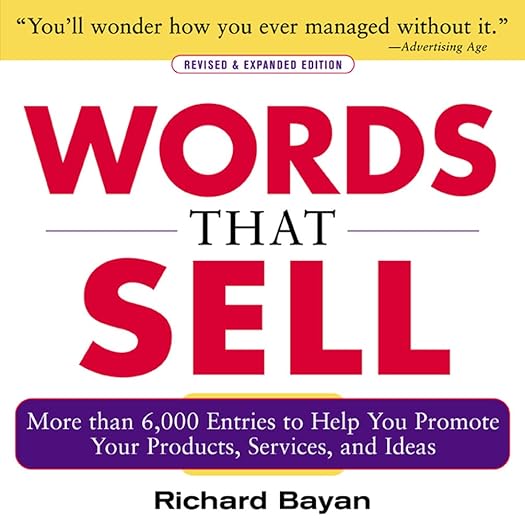
Sometimes, all you need is the right word to bring your copy to life. Words That Sell is like a thesaurus for copywriters, full of phrases and ideas to spark your creativity.
I’ve used it countless times to refine headlines, write more compelling CTAs, or even just find inspiration when I’m feeling stuck. It’s not a book you’ll read cover-to-cover, but it’s one you’ll keep coming back to.
7. This Is Marketing by Seth Godin

Seth Godin’s approach to marketing focuses on building connections and solving problems for your audience. This must-read copywriting book ties together strategy and empathy, showing you how to create work that resonates.
What I love about this book is how it challenges you to think beyond just the immediate goal of getting clicks or conversions. One thing to always remember is that the best copywriting isn’t just transactional—it’s transformational.
8. The Copywriter’s Handbook by Robert Bly

If you’re only going to read one book on this list, make it this one. Robert Bly’s classic is the foundation of effective copywriting, and I don’t say that lightly.
Bly breaks down the core principles of writing copy that works, from crafting headlines to structuring sales pages. What makes this book special is how accessible it is. Whether you’re just starting out or refining your skills, this book will give you the tools you need to succeed.
I still use what I learned from this book every single day (okay, you got me, I’m overexaggerating). But, in all honesty, this book is practical, easy to follow, and full of insights you can put into action immediately.
9. My Life in Advertising & Scientific Advertising by Claude Hopkins

Here’s a 2-in-1 combo that took my understanding of copywriting to the next level. Claude Hopkins’ copywriting books dive into the psychology of why people buy, focusing on the different levels of buyer awareness and how to craft messages that meet them where they are.
If you’re writing for complex sales cycles or technical industries, Eugene’s books, while seemingly outdated, contain fundamental ideas that will change how you think about your audience and your approach copywriting.
10. Ogilvy on Advertising by David Ogilvy

A list of the best copywriting books would not be complete without this one. Ogilvy’s advice is timeless and incredibly practical, focusing on the importance of clarity and credibility in your messaging.
Reading this book feels like having a conversation with one of the greats.
And yes, I’m keeping this one short—because if you don’t read this book, shame on you!
Ready to Take Your B2B Copywriting to the Next Level?
Great B2B copywriters are always learning. These copywriting books aren’t just resources—they’re stepping stones to better work and bigger results.
Start with one that resonates most with your current challenges, and take your time to apply what you learn. And if you’re looking for the core foundations of copywriting, please don’t skip #8. It’s the book that changed everything for me, and I’m confident it’ll do the same for you.
Which copywriting book will you pick up first? Let me know (on LinkedIn), I’d love to hear what book influenced your copywriting career.
P.S.
If you need B2B copywriting services… contact me!
